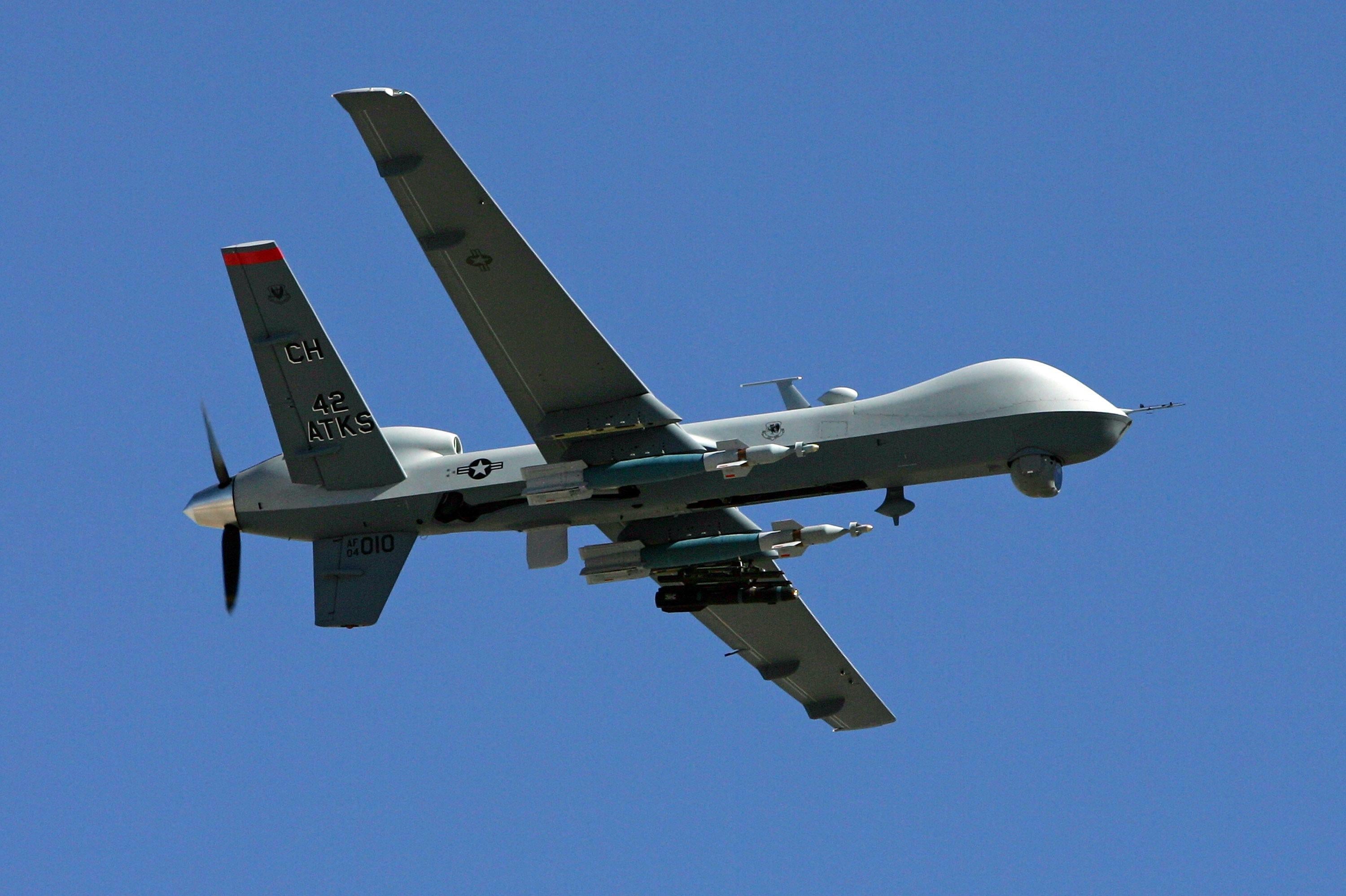Here’s a fact that you didn’t hear at the confirmation hearings for John Brennan, Obama’s pick for next CIA chief, or from the administration’s white paper on drone killings: The international rules of warfare require nations to capture instead of kill enemy fighters, especially when lethal force is not the only way to take them off the battlefield.
The administration claims, in the white paper, to have conducted an exhaustive review of the laws of war, and to honor those standards. Its portrayal of the rules, however, is incomplete to the point of being wrong. The crucial assumption, which in all the analyses I’ve read hasn’t yet been challenged, is that in wartime a state can choose to kill rather than capture enemy fighters at its discretion. This is sheer fallacy, as a matter of current law and legal history. Correctly understanding—and respecting—the law in this area matters deeply for the choices U.S. Special Forces are told they can make when they hunt down a suspected terrorist. And it matters for what rules the United States sets in cooperation with its NATO allies.
If you listen to the administration’s version of the rulebook on drones, you might be led to believe that once someone is designated an enemy fighter, he can be killed anytime, anywhere—unless and until he surrenders. But the more you dig for a well-sustained defense of this idea by any expert on the law of war, the more you realize how weak it is.
Let’s look at the history. In 1625, the father of international law, Hugo Grotius, wrote that “in general, killing is called a right of war” and that “according to the law of nations, anyone who is an enemy may be attacked anywhere.” Grotius’ approach remained operable through the American Revolution, Civil War, and the world wars in the first part of the 20th century
But the modern laws of war have come a long way since then. In 1967, one of the architects of the modern laws of war, the Swiss jurist Jean Pictet, stated that parties to a conflict should apply only so much force as necessary. He would later elaborate this principle in a simple maxim: “If we can put a soldier out of action by capturing him we should not wound him, if we can obtain the same result by wounding him, we must not kill him, if there are two means to achieve the same military advantage we must choose the one which causes the lesser evil.” Make no mistake: That maxim does not require U.S. troops to endanger themselves to try to capture al-Qaida terrorists. The Pictet principle simply holds that if it is unnecessary to kill an individual to take them off the battlefield, capture must be the preferred option.
Pictet’s views repudiated the vision of the law that had dated back to Grotius. And they won the day: In 1973, a group that included leading intellectual figures of the time, such as Sweden’s Hans Blix and the Netherland’s Frits Kalshoven, adopted Pictet’s language essentially word-for-word as a fair reflection of existing law. Around the same time, the International Committee of the Red Cross examined the state of the law in an important report to world governments and stated concretely: “The principle of humanity enjoins that capture is to be preferred to wounding, and wounding to killing.”
That period culminated in an international conference in Geneva in 1977, which famously established new treaties reflecting and updating the rules of warfare. The end result was a pact agreeing to a worldwide prohibition on “superfluous injury or unnecessary suffering,” words that again mirrored Pictet’s maxim. And words that are now included in war manuals of the U.S. military.
The foundation of the White House’s position is, in the end, based on a historical relic. Nonetheless, this view has been accepted as mainstream in the United States: Even strong critics of the drone program have begun to mouth it. For example, a recent critique of the Justice Department’s legal analysis accepts as a truism that “unless he surrenders, a combatant can be killed regardless of activity.”
The disjuncture between the American conversation and the modern laws of wars even shows up in a recent discussion with the American political philosopher Michael Walzer. He indicated his strong support for the White House position, and stated that in “asymmetric warfare, without a front, without soldiers in uniforms, targeted killing seems a necessary form of warfare—and justified if we get the targets right. Why does risk [to U.S. forces] make a difference?” Compare this, however to the High Court of Israel’s landmark judgment in 2005 on targeted killings. In a ruling that captures modern developments of international law, the Israeli judges stated that lethal forced must be abandoned when “a less harmful means can be employed.” They explained that a key factor is whether such restraint involves “a risk so great to the lives of the [Israeli] soldiers.”
A careful reading of law and modern history shows how wrong the White House position is. In law school, we teach that getting the law wrong can be as bad as ignoring it altogether. In this case, at least we still have a chance to get the law right.
